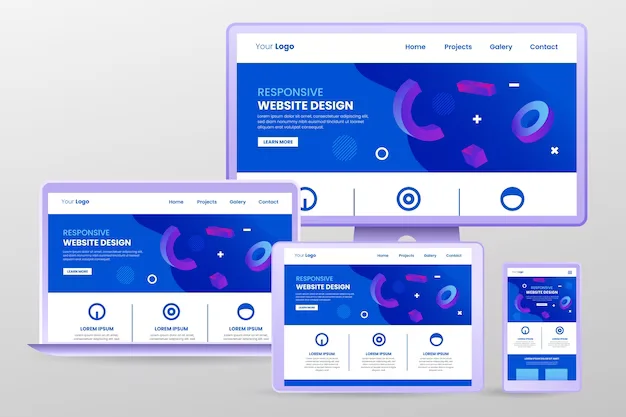Understanding the Importance of Wireframe in Web Design
In the realm of web design, the wireframe plays a pivotal role in the early stages of a project. It serves as a blueprint, outlining the layout and structure of a website. Wireframing allows designers and developers to visualize the overall design and functionality before delving into the finer details. This process is crucial for ensuring that the final product meets the client’s needs and expectations.

What is a Wireframe?
A wireframe is a visual representation of a website’s layout, structure, and functionality. It is created using simple shapes, lines, and placeholders to outline the various elements of a web page. Wireframes focus on the arrangement of elements such as navigation menus, content sections, and call-to-action buttons, without getting into detailed design elements.
The Significance of Wireframing in Web Design
Wireframing is a critical step in the web design process for several reasons. Firstly, it allows designers to experiment with different layout ideas quickly and efficiently. By creating wireframes, designers can iterate on design concepts without investing time and resources into developing a fully functional prototype.
Secondly, wireframing helps identify potential usability issues early on. By visualizing the layout and structure of a website, designers can identify and address issues such as confusing navigation or poorly organized content before they become significant problems.
Best Practices for Creating Effective Wireframes
To create effective wireframes, it is essential to follow best practices that ensure the wireframes accurately represent the design vision and meet the needs of the client. Some best practices include:
- Start with a Clear Goal: Before creating wireframes, it’s crucial to have a clear understanding of the website’s goals and objectives. This will help guide the design process and ensure that the wireframes meet the client’s needs.
- Keep it Simple: Wireframes should be simple and easy to understand. Avoid using unnecessary details or design elements that may distract from the overall layout and structure of the website.
- Focus on Content: When creating wireframes, focus on the content first. Identify the key content elements that need to be included on each page and design the layout around these elements.
- Use Consistent Design Patterns: Use consistent design patterns and elements throughout your wireframes to create a cohesive and unified design. This will help users navigate the website more easily and improve the overall user experience.
- Get Feedback Early and Often: Share your wireframes with clients and stakeholders early and often to get feedback and make any necessary revisions. This will help ensure that the final product meets the needs and expectations of all parties involved.
Benefits of Using Wireframes in Web Design
There are several benefits to using wireframes in web design, including:
- Improved Communication: Wireframes help bridge the communication gap between designers, developers, and clients by providing a visual representation of the design vision.
- Faster Iteration: Wireframing allows for quick iteration and experimentation with different design ideas, helping to streamline the design process.
- Identify Potential Issues: Wireframing helps identify potential usability issues early on in the design process, saving time and resources in the long run.
- Cost-Effective: Wireframing is a cost-effective way to visualize and refine the design of a website before investing in full-scale development.
Conclusion
In conclusion, wireframing is a crucial step in the web design process that can help streamline the design process, improve communication, and ensure that the final product meets the needs and expectations of clients. By following best practices and incorporating wireframing into your design process, you can create more effective and user-friendly websites that stand out from the competition.